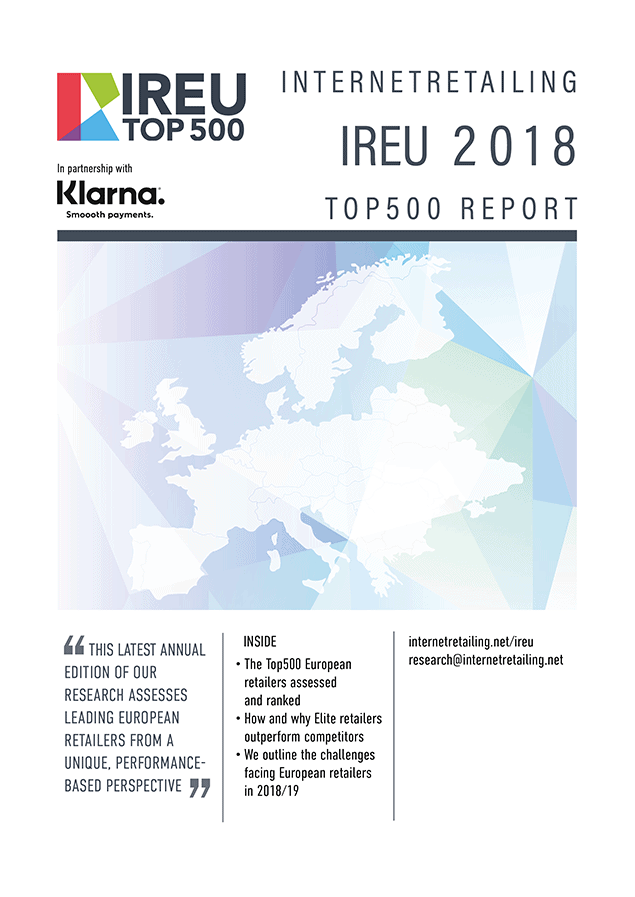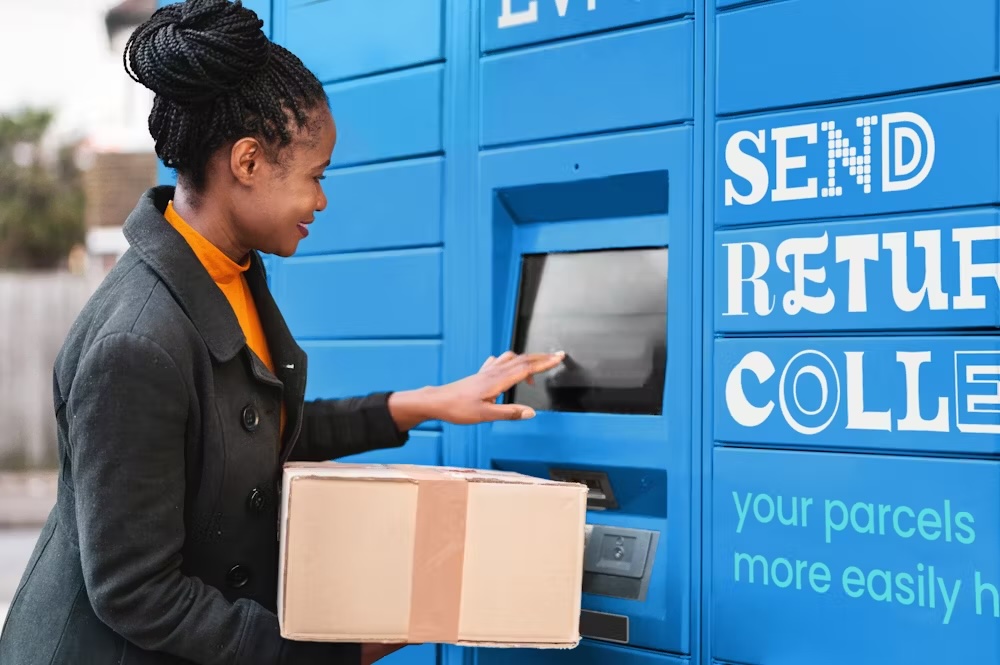Europe is changing: while the UK may be preoccupied with Brexit, elsewhere continued austerity, the migration crisis, and growing support for right-wing politics have helped fuel a nationalist agenda. The EU “Project” – promoting ever increasing political and fiscal union – is questioned by many in the remaining “27” while, thanks to Donald Trump, free trade is threatened by protectionism and tariff barriers.In contrast, polls regularly demonstrate that many “millennials” – those in the 20 to 35 age range – prefer globalisation: a Western Union survey late last year of millennials in 15 countries, found that 57% see themselves “as global citizens rather than a citizen of any one country”. It’s also a generation that has grown-up in a digital world: one with little memory of life before smartphones and online shopping.
So, despite the nationalist and protectionist trends, it would seem that currently when it comes to online shopping, the “global citizen” approach is proving rather more popular. As Amazon vp Eric Broussard told the ShopTalk conference in Las Vegas in March, some 25% of sales by Amazon’s merchants were cross border in 2017 – an increase of 50% on 2016 figures and compared with a 31% growth in Amazon’s total net sales. As Broussard said: “A customer shops in German, pays in euros and gets very rapid fulfilment for a product from a US seller”. Looking ahead, a study by DHL suggests that global cross-border sales will increase by 25% p.a. until 2020 when they will account for 22% of the global e-commerce market. But, as the report also points out: “…considering the patterns according to which e-commerce companies expand their regional footprint today, one could assume that every e-commerce purchase will eventually become a local purchase”.
It is a trend reflected in our Top500. While 92% (458) of companies listed are multi-channel businesses, many are also in the “multi-national” category with both stores and warehoused inventory in the various global markets in which they operate. In the “elite” category Apple, H&M, Ikea and Zara – retaining their places in this group for the second or third year – are well established in many geographies, as are around half of those in the “leading” group.
Despite Broussard’s view of rapid fulfilment to Europe from the US, having local and accessible stock becomes ever more important as demanding shoppers expect real time information on product availability, as well as rapid delivery or click-and-collect within hours. IR’s research this year has included enhanced analysis of fulfilment services with many more players – including the smaller and less experienced retailers lower down the lists – now offering a wider range of delivery options, including next, same-day or weekend options. Click-and-collect is increasingly common with additional research this year with third-party collection options and time from order to collection added to the metrics.
IR’s researchers have also identified a significant decline in social media integration this year, with a drop of around 25% in the number of Top500 retailers providing “like” buttons. The reason is unclear: it may be linked to changes in the popularity of certain social networks or possibly privacy concerns – for many in that digital savvy millennial group, systems like Snapchat, with its limited accessibility, can be preferable to the permanence of Facebook. With many consumers now enjoying high-speed broadband connections in the home as well as 4G for mobile, the researchers also found that, in general, site performance for the Top500 had not improved.
While many major multi-national retailers have achieved “elite” or “leading” status this year, the Top500 also includes a fair number of smaller national specialists and, significantly, both marketplaces and manufacturers selling direct: companies in both these groups have gained significantly this year. Among the dozen or so marketplaces in the Top500 Spartoo has moved from “Top 500” in 2016 to “Top250” this year, for example, although Zalando has slipped down to Top100. A newcomer this year is DaWanda, originally a German marketplace but now selling in seven additional geographies, which has joined the Top500.
With Amazon currently accounting for more than 40% of US online sales the global impact of marketplaces in the years ahead will certainly become more significant: with their wide selection of brands, novel products, and comparable price options they form a convenient one-stop shop for customers looking for quick and efficient ordering choices.Manufacturers in the Top 500 range from Adobe to Swatch, Adidas to Microsoft with several gaining ground: Nespresso, for example, is up from “Top100” to “Top50”. For the luxury designer brands an online presence is an efficient way of reaching a select global niche, and they too are improving their service levels: Louise Vuitton has moved into the Top150 (from Top 250) this year.
Looking ahead we can expect continued growth in the importance of both marketplaces and direct-to-consumer manufacturer sites. Shopper expectations of quick and efficient service will continue to grow – as will their frustration with any retail site which fails to match the streaming speeds of other digital services. And despite those nationalist trends at the ballot box, it seems more likely that online retailers will continue to look cross-border for growth and appeal to “global citizens” – just as so many leading bricks-and-mortar retailers have long done so.





